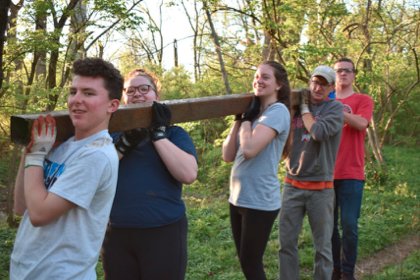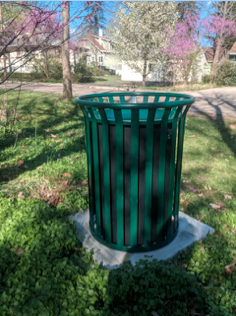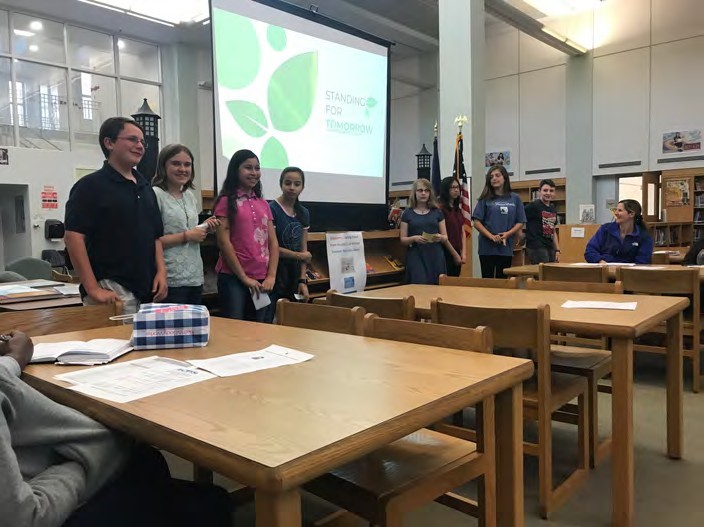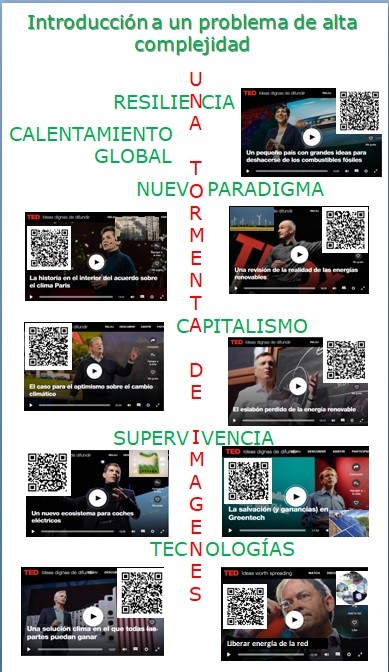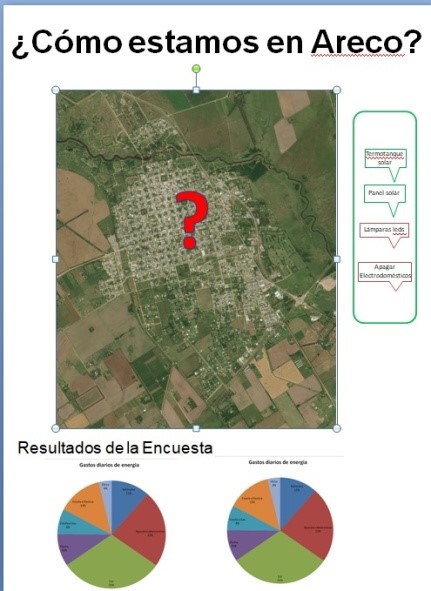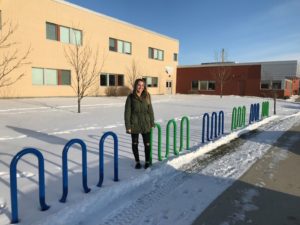2021, Sacramento, CA, USA
Jazmen Figueroa, Jose Benitez, and Alexander Martin, students at Grant Union High School in Sacramento, put forth a solid proposal to reduce household water use by promoting and distributing the Shower Start adapter to local households. This adapter is designed to reduce “behavioral water waste”, the water lost during the time frame from when you start the shower to when you get in, and may save up to 2700 gallons/ year and $75 in utility bills. After the team shared the potential water savings benefits of the device, they distributed 20 adapters (and installation instructions) to teachers and/ or students at school. They plan to follow-up with recipients to track water savings and further promote through social media.


